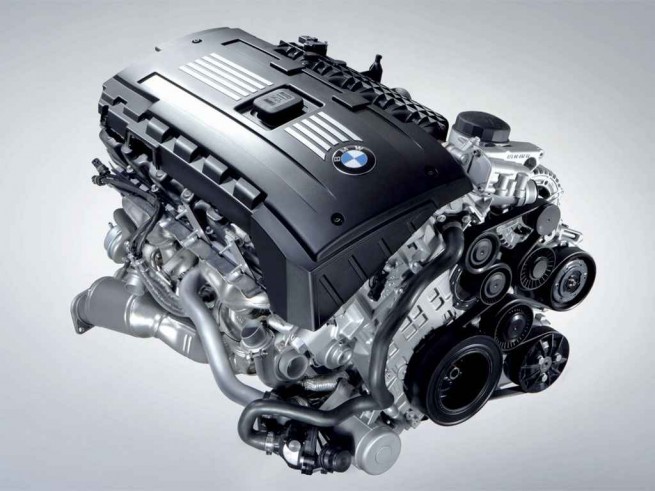Well the intertubes are all in a dither now that BMW has recalled cars for the failure of some High Pressure Fuel Pumps (HPFP) on its turbocharged direct injected engines.
To begin with the recalled cars have two fuel pumps, a primary low-pressure in-tank pump, and a secondary high pressure pump near the engine itself. The low pressure pump isn’t really all that low pressure, it’s a 5 bar pump (about 70 psi) and if you’ve ever dealt with carburettors you’ll know that’s about 10 times more than you’re used to.
The secondary high pressure fuel pump is the enabling technology on a gasoline direct injected engine. The really high pressures that pump develops can overcome the pressure of the turbocharged slug of air that is then further compressed in the cylinder. The timing sequence of fuel injection and spark is directly dependent on the high pressure fuel pumps operation.
 However, if the high pressure fuel pump fails, the engine can still operate on the 5 bar pressure from the primary fuel pump. What it can’t do, at that point, is utilize as much boost pressure or ignition timing that allows such high power from small displacement as its owners are used to. In essence it will still run, but it will run like a four cylinder, automatic transmission, Camry.
However, if the high pressure fuel pump fails, the engine can still operate on the 5 bar pressure from the primary fuel pump. What it can’t do, at that point, is utilize as much boost pressure or ignition timing that allows such high power from small displacement as its owners are used to. In essence it will still run, but it will run like a four cylinder, automatic transmission, Camry.
What BMW and the supplier of the high pressure fuel pump have been doing in the past year or so is isolating the cause of the failures, developing a workable engineering solution to the problem (that won’t introduce additional problems), testing the solution, and the deploying the fix into the field and gather feedback on its effectiveness.
BMW has told BMWBLOG that they have a revision of the HPFP that has been in service since March of 2010 and that they are satisfied that it is providing the reliability they expect.
That leads directly to the buzz surrounding the recall. Cars are not recalled because a couple of executives and a lawyer get scarred after a news story.
Responsible companies that have an issue with a defective part first acknowledge the problem. They then assure customers that they will provide a fix and possibly will reinforce the warranty on the defective part. They will then work closely to identify the cause of failure, engineer a solution, and thoroughly test it. At that point, with a proven solution in hand, they will issue a recall for the superset of potentially problematic parts.
This is what BMW has done. They acknowledged the problem with the high pressure fuel pump, and before they had a fix in hand, they extended the warranty on the HPFP. Then with a fix in hand, they worked with authorities (in the case of US cars,NHTSA) to issue a voluntary recall. At most, the news story pushed up the timing of the announcement.
There are 150,000 cars that are subject to recall, the actual number of defective HPFP is some subset of that. That being said, it’s much more fun to buy into the conspiracy theory that without the dogged pursuit of our media, nothing would have been done about this. But I can guarantee you that most in the media wouldn’t know what a HPFP is if it bit them in the keester. I still wouldn’t monkey with the Cuomo’s though .
To clarify and correct the article, the total number of cars involved in the HPFP recall are 130,000. There are 20,800 X5s involved in a
separate recall. The voluntary recall for the HPFP is coordinated with the EPA and the California Air Resources Board (CARB) since it involves systems in the ’emissions’ stream.
Additionally, the total expected defective HPFP are in the 40,000 range, or about a third of the recalled number. As is usual, all
vehicles within a range are recalled regardless of whether or not every one is afflicted with a defective part.




































































